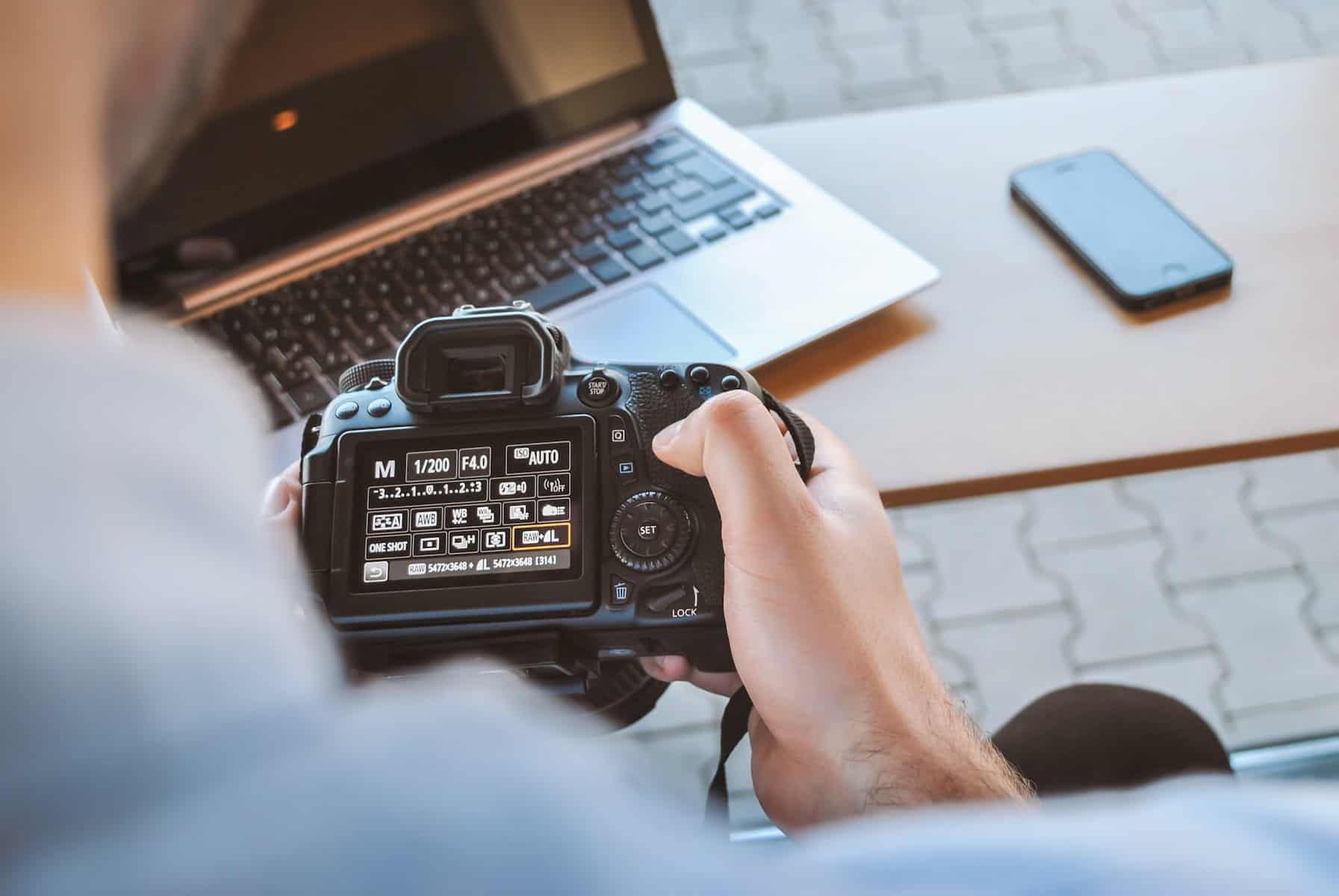
As an Amazon Associate we earn from qualifying purchases.
If you are taking interior photos in backlit conditions or exterior photos on a bright sunny day, there are chances of losing details in the shadowed regions. Understanding what HDR on a camera means can help you capture well-exposed photos by rebalancing the highlights and shadows.
Quick Navigation
In cameras, HDR means high dynamic range, which is the ratio between the darkest and brightest regions in a photo, ranging from the darkest dark to the whitest white. In most cameras, the HDR setting aims at improving details in the darker parts of the frame instead of improving the whites.
Human eyes have an excellent dynamic range that allows them to see the colors and tones, even in shadows and highlights. The camera HDR aims at bringing out similarly truest colors.

In cameras, the dynamic range is measured in f-stops, usually with a difference of powers of two. A digital camera has a limited dynamic range compared to the human eye. For instance, professional cameras have a dynamic range of around 12 to 15 stops.
That means a camera with a dynamic range of 12 stops can take a photo where the highlights are around 4,000 times brighter than the darkest regions. On the other hand, a camera with 15 stops can take a photo where the highlights are around 32,000 times brighter than the darkest regions of the photo.
Due to the limited dynamic range in cameras, the HDR setting makes the camera take several images of the same scene using different exposures. The camera then combines them using the built-in processing software to create one well-exposed image.
Keeping in mind that HDR helps to improve the image exposure and tones when the difference between the highlights and shadows in the image is more than the camera’s dynamic range, you might need to use it in the following situations.
There are high chances of flares and ghosting when shooting real estate interior photos in backlit conditions. With the HDR setting, the camera reduces the exposure when capturing the background and increases exposure when capturing the main subject and then combines the photos to create a well-exposed image.
When taking real estate exterior photos, you may capture some parts of the sky as you get the suitable composition. Usually, the sky is brighter than the property, especially on a cloudless day.
As a result, the massive light difference between the building and the sky can make you lose some property details. HDR can help take a well-exposed photo of the sky and a well-exposed photo of the property and create a well-exposed final photo.
If you are shooting portraits against the sun, there are chances of dark shadows obscuring the face. As the camera struggles to balance the whites and the darks, the camera might lose some details in the overexposed background and the underexposed face.
As a result, the skin colors might look unrealistic even if you try to improve the exposure and do some retouching using photo editing applications such as Lightroom. Fortunately, HDR can help to balance the lighting and get a photo with truer skin colors.

Although the HDR can help to enhance tones and reveal details from shadowed regions, it’s not the best setting to use in the following situations.
You can turn HDR on or off from the settings menu in most cameras. Most cameras will have HDR disabled by default, and you need to change it to ON or Auto. However, the procedure varies across camera brands and models.
HDR can make the photo look sharper by bringing out truer tones. However, the photo might lose sharpness or contrast if using HDR to shoot subjects with more vivid colors, such as flowers.
Even if you have a low-end camera with a limited dynamic range, understanding what a camera HDR means can help you use it to shoot sharper and well-exposed photos, even in trying lighting. Generally, HDR helps to reveal the details in shadowed regions.
